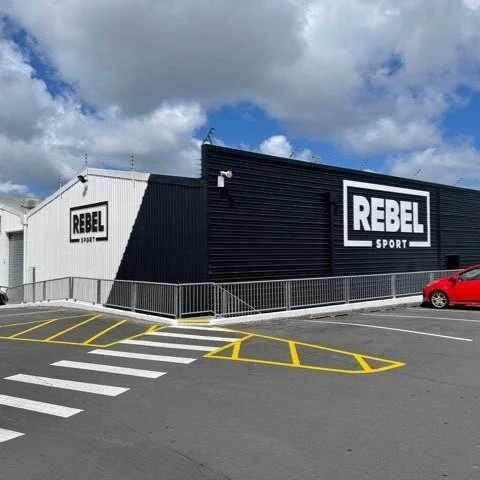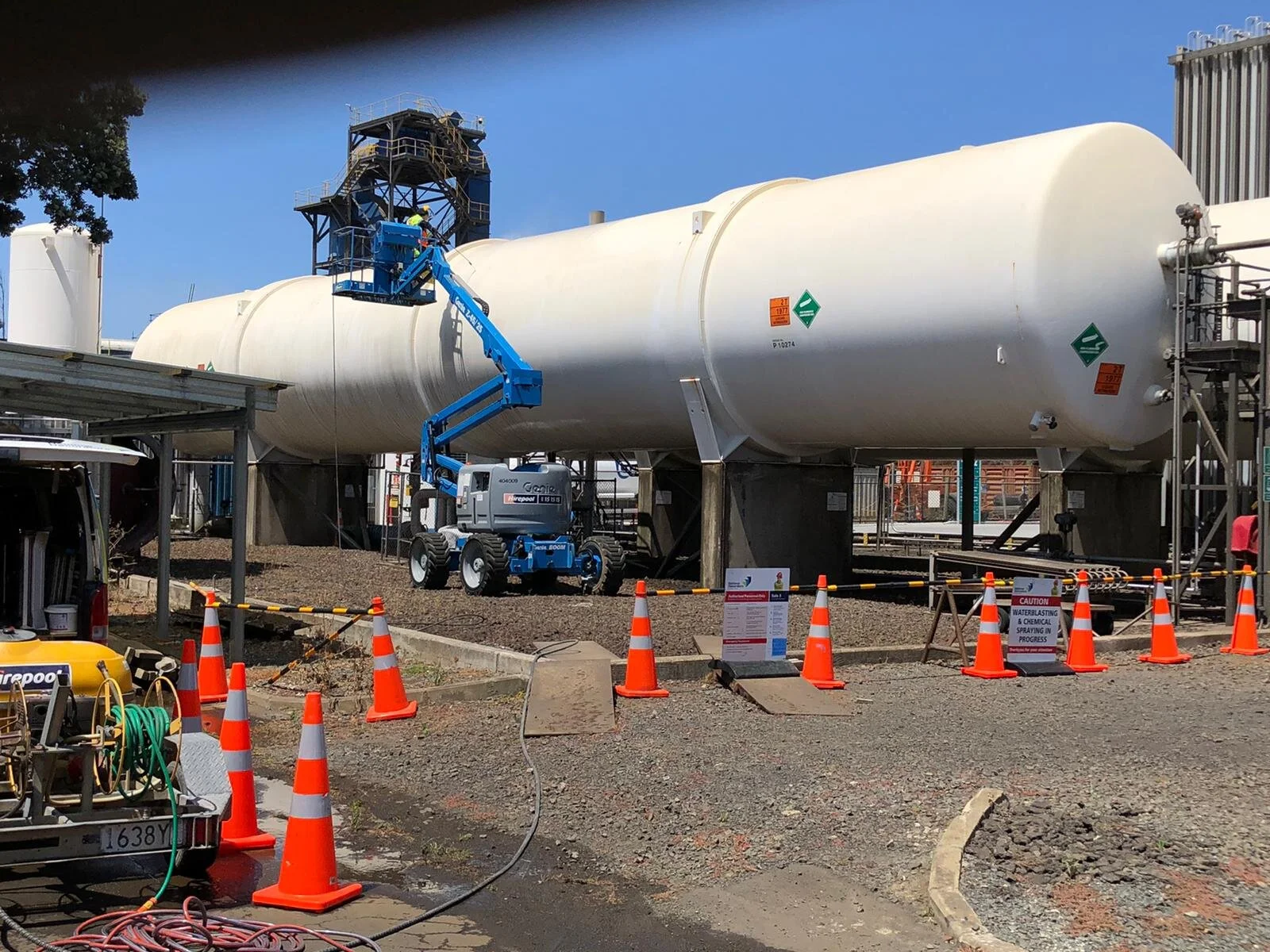4 steps to ensure a nationwide coating contractor will execute consistently.
4 steps to ensure a nationwide coating contractor will execute consistently.
The challenge
On any large project in a single location, a project manager typically controls the tradespeople's work, making it relatively easy to execute consistently. However a nationwide coating and washing contract can be made up of hundreds of relatively small 1-5 day projects and are much more difficult to manage - especially around H&S and scheduling.
Nationwide coating and washing contracts are typically managed by a central contractor who does a lot of the actual onsite work using employed staff. The remaining percentage of work - often in remote areas or in locations well away from the main centres - is often subcontracted out to a local contractor. This can potentially lead to loss of control from that central contractor, causing inconsistencies.
Ensuring consistent delivery from employed teams and subcontractors on remote sites becomes very difficult. The good news is that there are steps you can put in place to almost guarantee a successful outcome.
1) It’s won or lost by Communication
Over-communicating is key #1. This doesn’t mean reporting for the sake of reporting, but setting up a clear reporting structure will nip small issues in the bud before they can become larger problems. Tracking this can be hard, so having clear and consistent communication from each team on every site is imperative.
The reporting received from your nationwide contractor needs to be based on actionable metrics i.e. those that will tell you if the plan is falling behind and that will alert you early if issues arise. These reports often include:
Daily 5x5 Safety report
The 5x5 is emailed to the client every day and is their ‘eyes on-site’. It includes images of the site with safety equipment etc set up and ready to go and advises of any new hazards that have been identified. Read more detail on these here.
Weekly progress report
Every week this report outlines sites that have been completed the past week and summarises any issues such as scheduling, weather, health and safety, and other operational challenges or concerns. It also confirms the project schedule for the following week.
Monthly progress reporting
These are a generally high-level summary of the previous month, and the plan for the following 1-2 months.
Health and safety reporting
H&S reporting must be customised to the client’s SHE requirements. This can include statistics on near-miss/incidents and LTIs, as well as suggestions on improvements recommendations for the client.
Other commonly used reports are about Brand Visibility (BVR), where the condition of branding signage on the asset is assessed against various criteria. Coating Condition reports (CCR) are also critical to assist with planning the following 2-5 year maintenance budgets. To provide actionable priority ratings, these assessments typically grade the asset against the complete portfolio rather than against a predetermined standard.
2) Independent audits can be your eyes on the ground
It’s common for contractors to put forward ISO accreditations and prequalification such as Prequal, ISNetworld, SiteWise, and many others as evidence of their training regime. These systems are very good; however, they seldom require physical on-site evidence.
Random site auditing is the best backstop to ensure the contractors and the clients’ processes are being followed and is generally done every 400 - 600 working hours. This auditing typically reports on the company values, H&S, documentation plus other client specific requirements.
Randomly requesting copies of your contractors’ audit reports will assist you in verifying that the system is indeed working, and is even more important where subbies are being used.
3) What about subcontractors?
You need to know what percentage of your contract will be self-delivered by your contractor, versus the amount that will be conducted by subcontractors. Then you need to drill into the systems to get the assurance that all subbies will be managed the same as employed teams.
Some contract models used across Australasia require the main contractor to possess some of the previously mentioned prequalification systems and/or ISO accreditation, while not requiring this same standard from the actual subcontractors doing the work. Whenever subcontractors are going to be used, simply requesting their ISO accreditation certificates or similar is often enough to let you see through the smokescreen.
4) Give feedback to your contractor
When a major problem is traced back in time, there will be a long trail of small issues leading up to it. The earliest of these issues will be so small that they weren’t even reported – resulting in a major issue later. Getting site feedback will give an independent view of your contractors’ work and will likely highlight these issues early. This can be as simple as asking for a 1-10 rating on the contractor and the work completed.
This feedback also assists in sorting any misunderstandings, especially around client expectations, and can help catch any scope discrepancies. And it’s just another way of keeping your finger on the pulse from a distance.
Your contractor will have a basic Project Sign Off system (PSO) and this feedback should be included here, or alternatively, you can request this information yourself at any time.
















